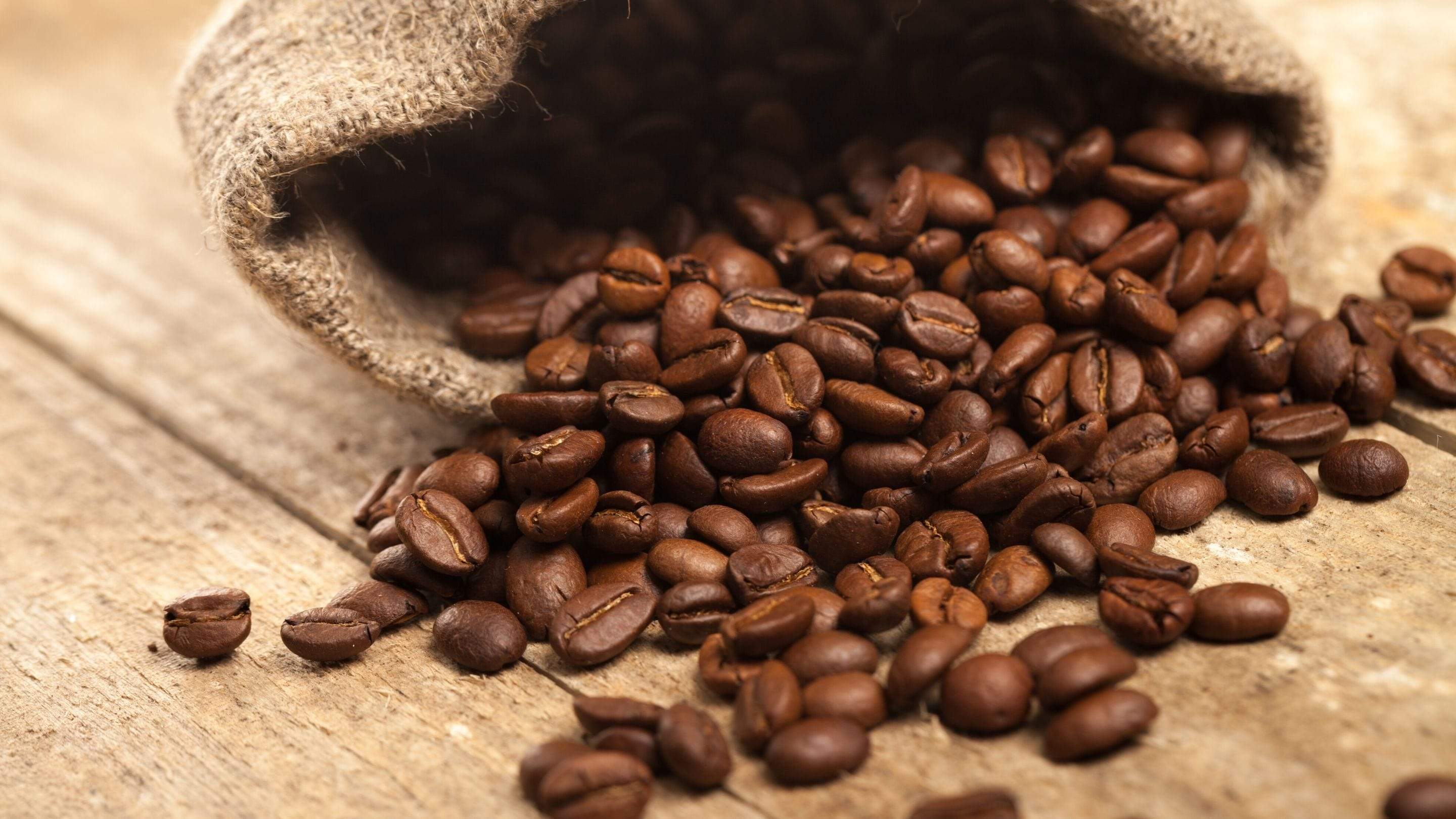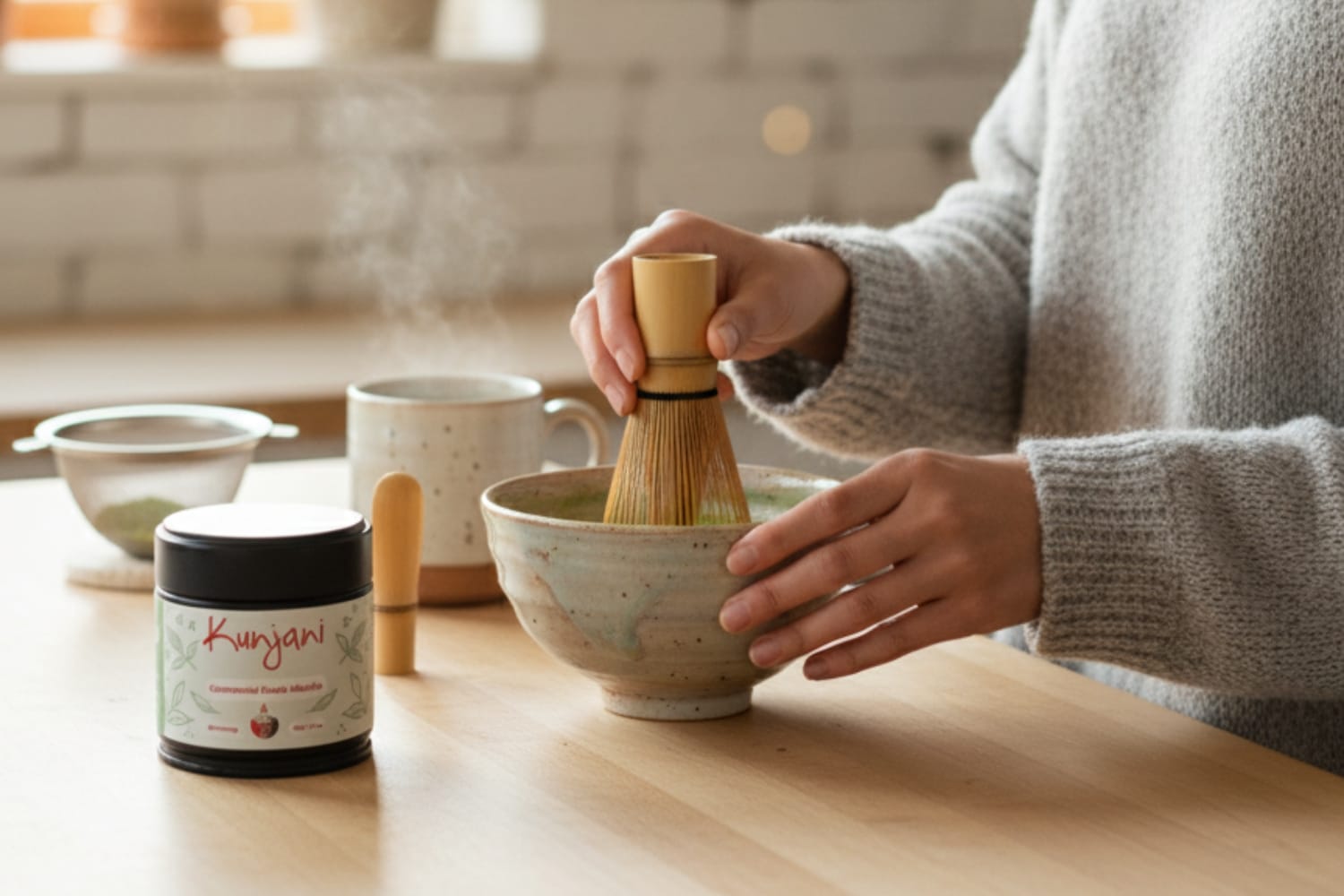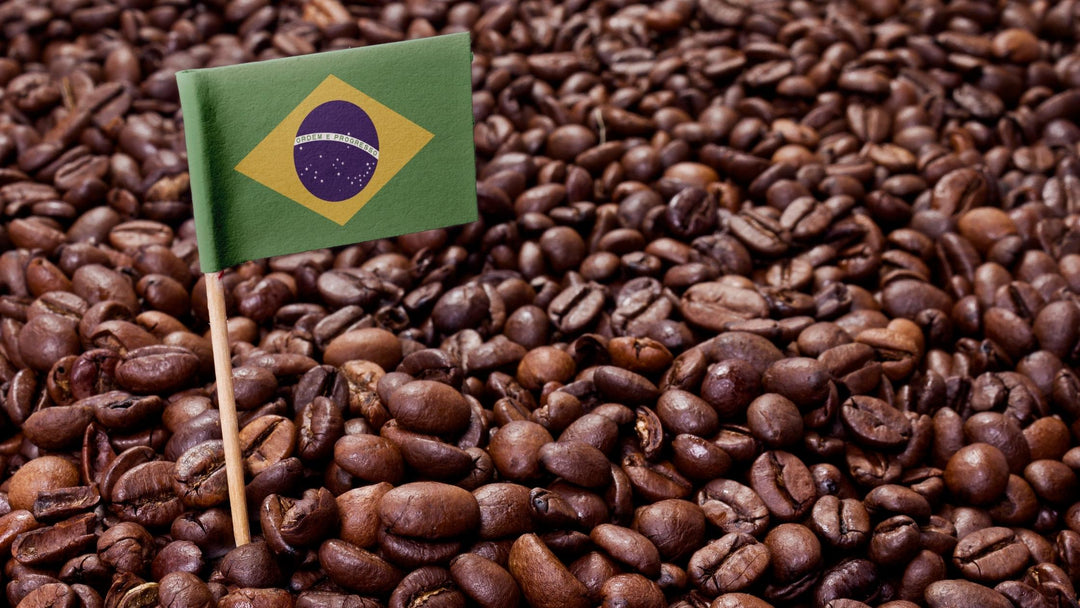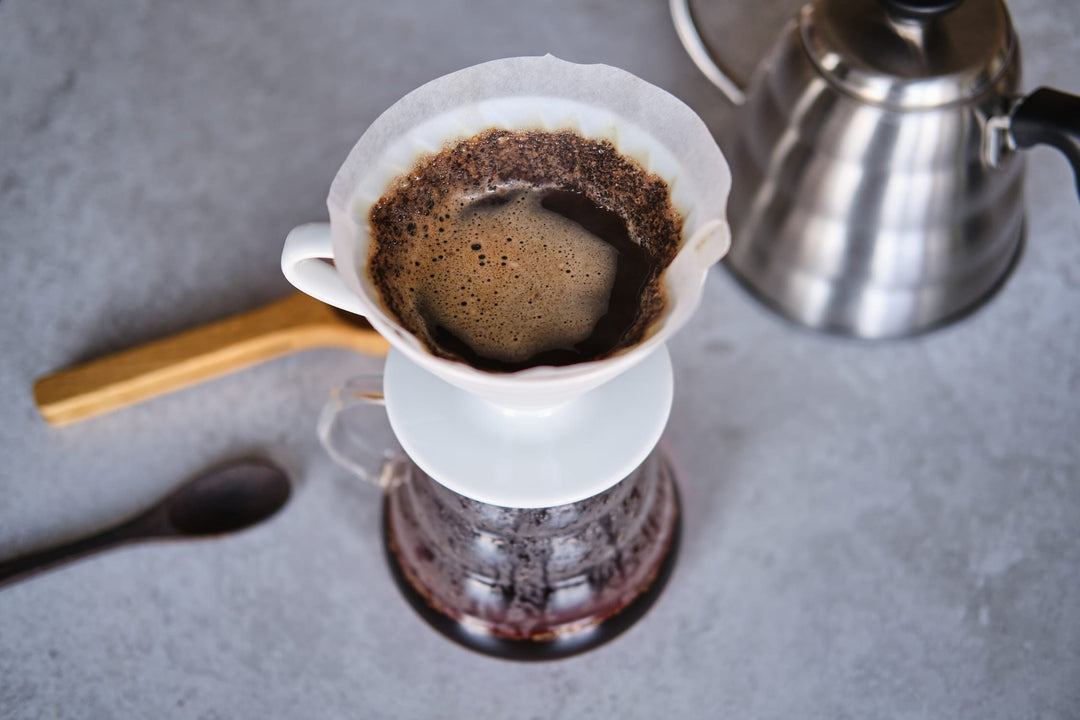Many people can find tasting coffee a bit challenging. That comes with no surprise, especially considering that coffee is much more complex than wine. Tasting coffee notes may seem like cracking codes for people who have not practiced their coffee tasting skills, but we're here to help.
Walking into a specialty coffee shop can be pretty overwhelming, especially when you have to choose between coffee that has "blackberry and milk chocolate notes" or one that's "fruity with a long finish." Because of its specificity, you might think that these are impossible to taste in your typical black cup of joe.
Coffee has around 800 aromatic and taste compounds (compared to roughly 200 in wine), so it's critical to obtain high-quality, single-origin beans processed properly, from roasting to brewing.
Ethiopian coffee beans, for example, feature fruity notes like blueberry and traces of dark chocolate, whilst Colombian coffee beans have a tart red cherry flavor with a sweeter, chocolate flavor. Brazilian coffee has a nutty, chocolate taste and is generally mildly acidic.
Fortunately, with a bit of practice and being conscious about every flavor you taste, you'll get to build a solid coffee palate.
Coffee Tasting More Than Coffee: Is It Possible?
When coffee is roasted, you bring out the nuances of each bean, and their flavors vary depending on the farm or origin they come from. This is because the environment in which they grow affects the overall composition of the bean, housing unique and delicate flavors that can only shine after being roasted.
Different organic compounds are affected during the roasting process, bringing out bright fruit flavors and even floral tea-like notes that make each cup incredibly unique. Not to mention, the coffee goes through a Maillard process, which brings out the natural sweetness of each bean.
World Coffee Research has even created a Sensory Lexicon to compile a thorough list of tastes in your morning cup of joe. We won't go over all 110 flavor, arom, and texture attributes present in coffee, but it's worth noting that this free resource is available to anybody who wants to know what the official references are for certain flavors and aromas.

Download The Coffee Taster's Flavor Wheel
Different Flavor Categories to Notice in Every Cup
For both beginners and professionals, having a few taste categories to think about while tasting is a useful tool. If you work through these categories one at a time, they will offer you some context and structure. There's more to flavor perception than simply tasting—we'll get to aroma, acidity, body, mouthfeel, and balance in a minute—but these four categories will give you a good idea of what your tongue is attempting to communicate to your brain.
-
Fruit: Fruit notes are some of the most common notes found in specialty coffee. This is because of the natural acidity that each bean has. So if you're tasting tartness and brightness, you're most likely tasting a fruit note.
-
Sweet: Sweetness in specialty coffee is different from the sweetness you get from desserts and sugary confections. In coffee, you'll taste sweetness in forms like brown sugars, molasses, honey, caramel, and even maple syrup.
-
Savory: You can sometimes get savory notes, like nutty, earthy, or spices in your cup. However, you should know that not all notes are pleasant; you might get mushrooms, tomatoes, tobacco, but you'll be surprised how it can balance a cup.
- Bitterness: Even if "bitter" isn't a flavor, it has described coffee for years, and in fact, bitterness adds to the complexity of each cup as it balances your coffee's acidity, adding layers of dark chocolate, cocoa nibs, and more.
Tasting Beyond the Flavor: What You Should Notice
Besides coffee notes, you should also taste the following in each cup to understand the overall flavors of your coffee.
-
Acidity: Acidity in coffee talks about how your brew feels in your palate, using words like tannic, sharp, or mild and mellow. So if you're tasting wine, you can say that it has a tannic acidity, and if you're tasting citrus notes, you can say that it has sharp acidity.
-
Aroma: The aroma of your cup contributes to the flavors that you taste in your coffee. Taste and smell work together in your brain to help explain what it is you're actually tasting. That's why you'll see coffee pros smell their coffee before they take their first sip.
-
Balance: When tasting coffee, you want to ensure that all the flavors are balanced, allowing each note to shine and blend with the other notes present in a cup.
-
Body: Besides coffee notes, you should also notice the tactile of each cup. With this, you should identify the body of the coffee, if it's juicy, round, light, silky, or water.
-
Clarity: This is one of the most important describing factors in coffee because it explains whether the coffee has unique characteristics or they are muddled and lost in the coffee.
- Finish: A good cup has a lasting finish, giving you specific afternotes even after you've swallowed your coffee.
The Bottom Line: Taste More Coffee to be a Better Coffee Taster
With a bit more practice and tasting different types of specialty coffee, you'll slowly grow the habit of tasting coffee correctly, just like the pros. In no time, you'll get to identify specific notes, name them, and even understand the overall cup.
How Can We Help You?
Kunjani is a women-owned coffee shop and roastery that values sustainability efforts, consistency on roasting, and ethical practices from sourcing to roasting. If you're looking for specialty coffee beans, check out our current lineup and sign up for a coffee subscription today!












Leave a comment